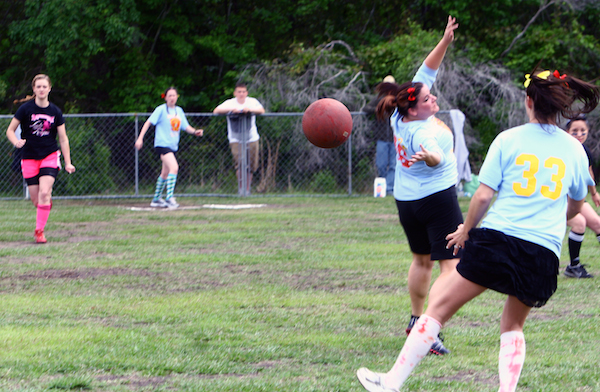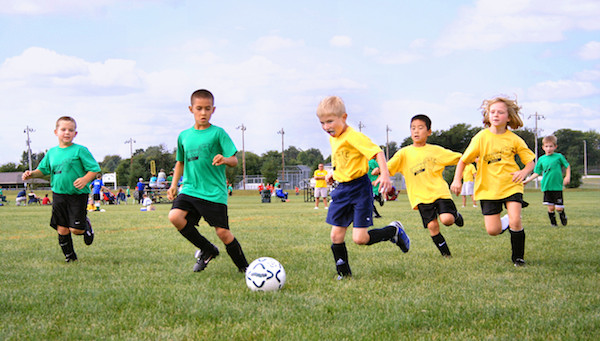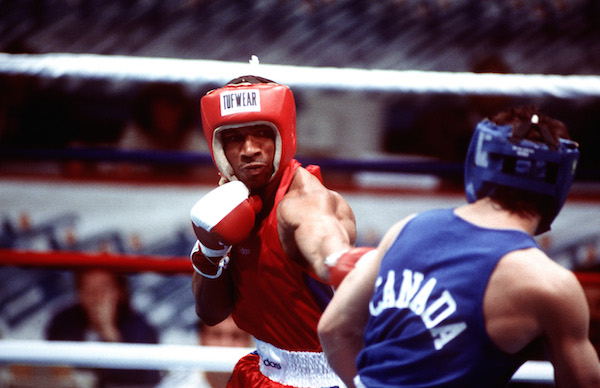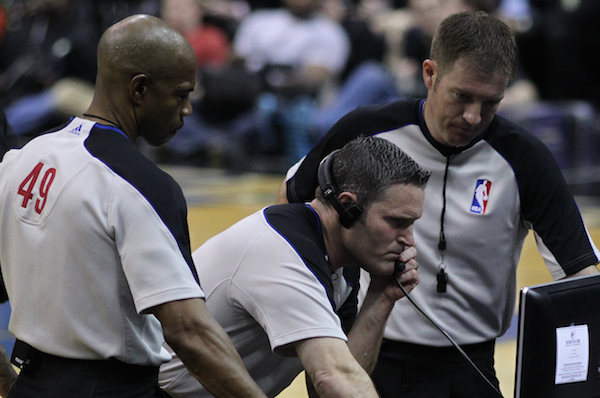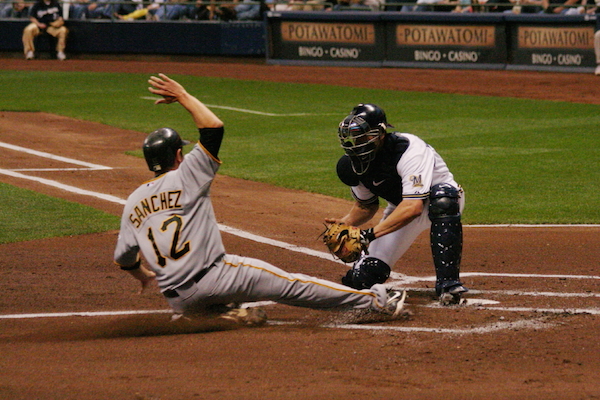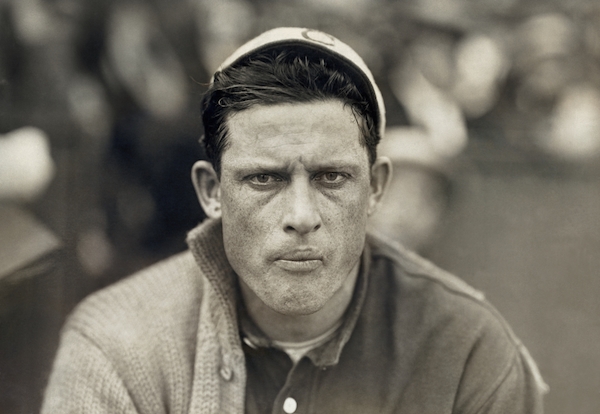Dear Sports Fan,
When did kickball become a sport?
Just saying,
Sarah
Dear Sarah,
When did Pabst Blue Ribbon become a good beer? When did trucker hats become stylish accoutrement? When did jeans start requiring a surgical procedure to be put on and taken off?
That’s when kickball became a sport. Yes, I’m blaming the hipster for the revolution in kickball. Kickball, as I remember it, was a really fun game you played in elementary school gym class. It has basically similar rules to baseball, except instead of involving the skill and hand-eye coordination required to swing a bat into a small ball, it requires roughly the coordination required by everyday tasks like walking down a steep set of stairs, cooking an omelette, or shaving. Then again, you generally don’t do those things drunk… which is definitely a requirement for kickball, whether it’s a championship game or an early season practice.[1]
My theory is that kickball was one of the more accessible sports to play in fourth grade. It was something that not only the future jocks enjoyed. The future jocks became current jocks and ventured off to play football, basketball, baseball, or soccer. Now in their late twenties and thirties, these current jocks have become over-the-hill jocks but they still enjoy playing the sports that they played when they were on top of the hill. The people who didn’t become jocks never really got into any other sports, but they retained happy memories of playing kickball in gym class.
Fast-forward 20 years or so and these people are looking for a good way to get a little exercise, meet people, and socialize with friends. Voila — kickball comes back into the mix and it becomes a sport!
One last note on hipsterism and kickball — I think that the relationship has something to do with irony. Irony is “the expression of one’s meaning by using language that normally signifies the opposite, typically for humorous or emphatic effect.” Many of the former non-jocks grew to feel alienated by and some amount of dislike towards sports and the ‘go-all-out’ mentality that abounds in sports cultures. Playing a game like kickball provides a layer of opposite language to shield the players from what they are doing. Kickball players go all out, but because it is in the context of a sport that’s normally associated with a pre-sport obsessed time in people’s lives, going-all-out is permissible in a way that it wouldn’t be within the culture of the players if the sport being played was a more standard sport.
Confused? Angered? My good friend and attentive Dear Sports Fan reader Theodore Gicas (the Gicasaurus) may be able to shed some more light on the kickball scene. He’s been a member of several championship kickball teams! Write a letter to the editor Ted — we’ll publish it!
Thanks for the question,
Ezra Fischer
- Hey, if you want to play drunk you have to practice drunk! And yes, kickball teams have been known to hold practices!↵

